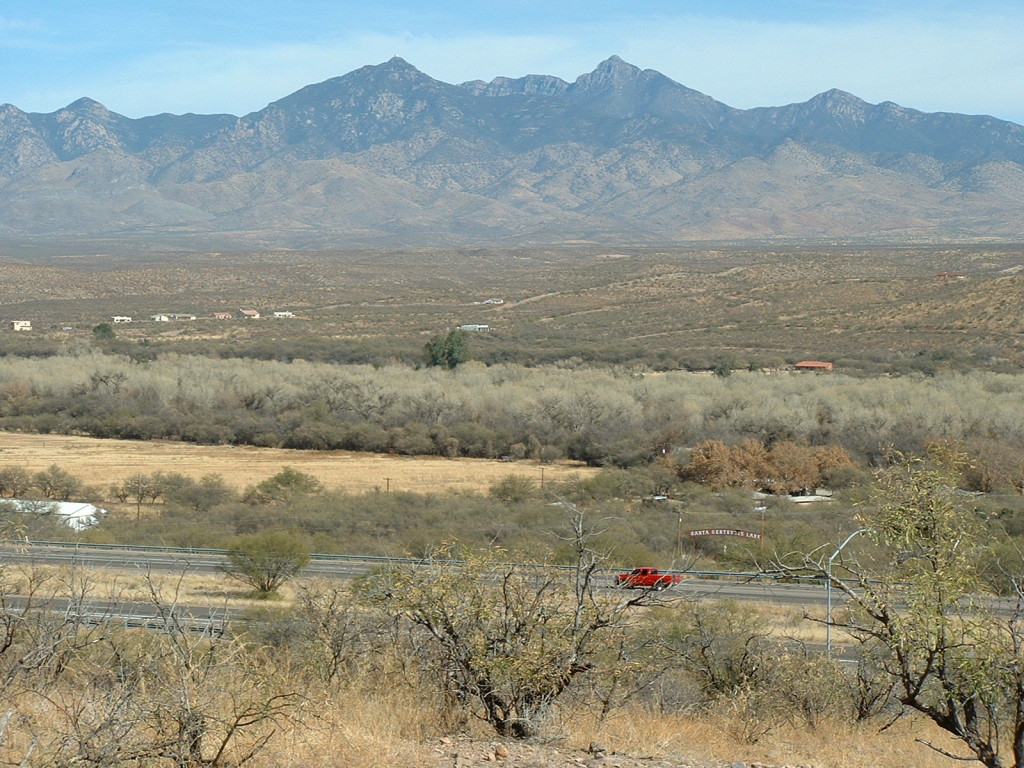While worldwide, land managers and conservationists are evaluating methods for preserving species, Paul Beier, a Regents’ professor who researches wildlife ecology and conservation biology at NAU, believes one approach has the highest likelihood of success.
Conserving nature’s stage is a broad plan to provide habitats for most plants and animals in the face of climate change.
“Compared to strategies that require predicting the future geographic ranges of each of the world’s 10 million species, conserving nature’s stage is practical and inexpensive,” Beier said.
By strategically conserving geodiversity, which includes soils and land features, he said most plant and animal species will have future habitat options in a changing climate, and can persist if environments remain the same. Regions that have the greatest likelihood of supporting species would be given priority for preservation.

These ideas comprised a special collection of papers recently published in Conservation Biology. Beier was a guest editor, along with Mark Anderson of the Nature Conservancy and Malcolm Hunter from the University of Maine.
Beier said he believes their approach is the first comprehensive climate adaptation strategy that does not focus on anticipating how each individual species will respond to climate change.
“Conserving nature’s stage is inexpensive because it relies heavily on existing protected areas, which already have high geodiversity, to allow species to shift to new climate spaces,” Beier said. “Until recently, conservationists often complained that many of our big parks were protected because the areas were too rugged for farms or cities, but now we realize that these parts provide enormous diversity of enduring features in compact areas.”
This conservation strategy would use data that are freely available and do not require integration of climate projections. Also, conserving nature’s stage can be easily integrated with traditional conservation plans created during the past 50 years.
While many aspects of conserving nature’s plan are detailed in the nine papers published in Conservation Biology, an operational plan to accomplish the conservation goals remains on the frontier. “I think this is a very powerful model for ecologists, a way we can participate in producing science that will actually be used by land managers,” Beier said.



